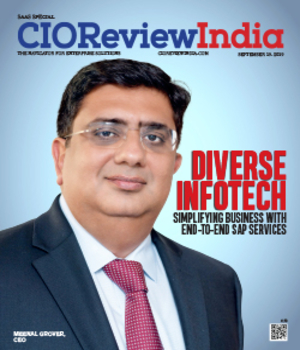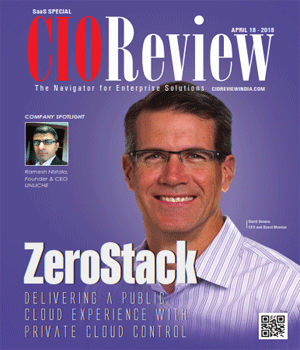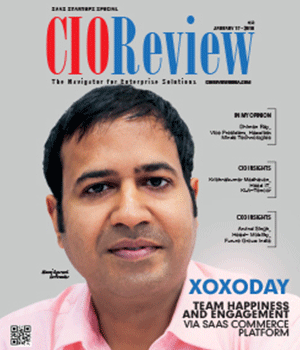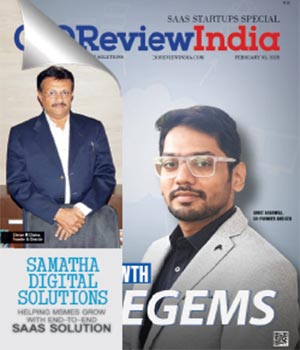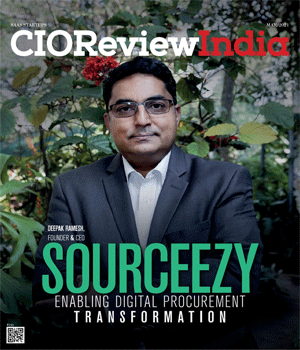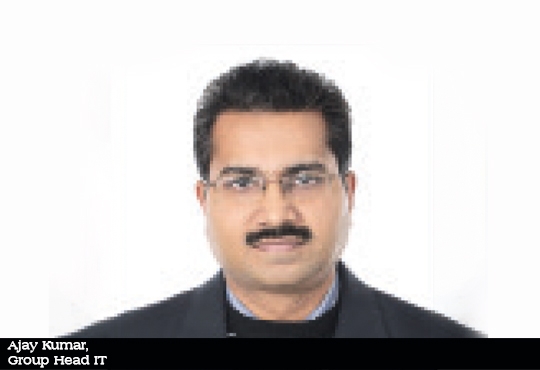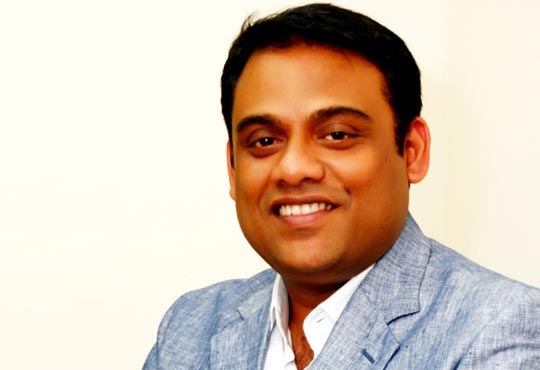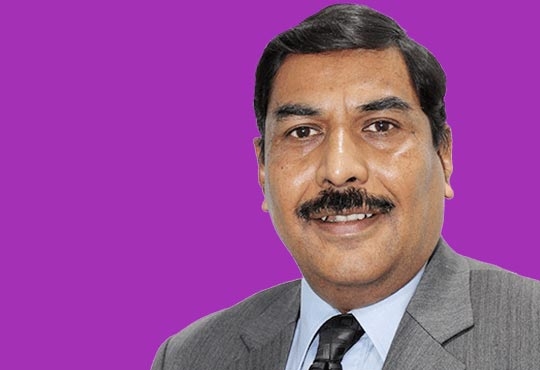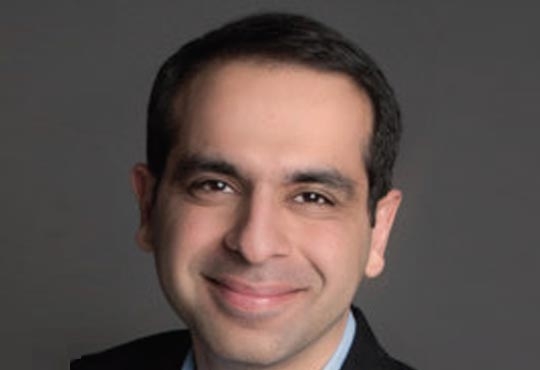
IoT In Insurance
KV Dipu, President & Head – Operations & Customer Service, Bajaj Allianz General Insurance | Monday, 23 September 2019, 05:09 IST
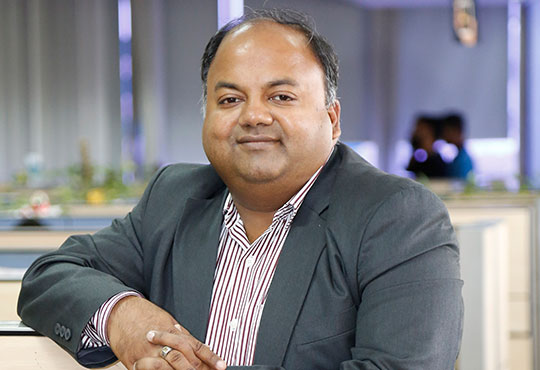 With growing bandwidths and progress made in the field of sensors, the Internet of Things (IoT) was born. It is nothing but devices talking to each other, over a network, exchanging information that both can read, sometimes interpret and work/act upon. This communication takes place with the help of sensors, software, electronics and connectivity to make things simpler for us human beings by processing a load of data and enabling or taking complex decisions. Sounds simple, efficient and subtle right?
With growing bandwidths and progress made in the field of sensors, the Internet of Things (IoT) was born. It is nothing but devices talking to each other, over a network, exchanging information that both can read, sometimes interpret and work/act upon. This communication takes place with the help of sensors, software, electronics and connectivity to make things simpler for us human beings by processing a load of data and enabling or taking complex decisions. Sounds simple, efficient and subtle right?
IoT and related terms is anything but subtle. One of its basic tenants is that connected technology can unlock trillions of dollars of revenue through efficiency gains and by spurring new revenue sources. A related idea holds that connected technology can help manufacturers and service industries make the leap to selling outcomes instead of products - or at least, recast their products as services.
“As we move into the era of 5G and even smarter and faster sensors, the journey has just begun and it will be a geometric progression into the connected future of insurance”
Internet connected products such as advanced home security systems, water sensors and smoke alarms are beginning to demonstrate the potential for reduced losses primarily through early notification of emergencies, both to consumers as well as directly to emergency responders. But the potential insurer benefit from IoT does not stop at loss reduction. In fact, this may be just the beginning. Even if unintended, bureaucratic processes and slow response times can give consumers the impression that insurers are intentionally delaying or worse, looking to avoid pay-outs. IoT has potential to automate data collection and communication processes while proving a “record of truth” for events leading to a claim - resulting in lower costs to the insurer and a better customer experience. It can also provide a lot of data to drive underwriting decisions. This can be seen in many use cases where wearable health devices are used as markers for better underwriting and of course customer wellness. It can also be seen classically in telematic devices in case of vehicle insurance. Not just are these used to understand driving behavior, but can also be used to pin point assistance in case of accident.
Another use case can be seen in geriatric care, where motion sensors are used to detect normal routine of the insured, and in case there is a miss in the pattern an alert can be sent out to next of kin. The biggest space today is home insurance, and in India this is a space which has huge potential. Most people derive no value out of insuring assets as they feel it’s unnecessary. Call it a risk averse attitude or otherwise. I think IoT can play a critical role in completing this journey of engagement by not just safeguarding assets and occupants, but also enhance the customer’s experience by addressing their needs promptly.
The major issue that all insurers are grappling with is the lack of knowledge home insurance agents receive after the application process. The home’s value and state of the property are generally only documented on day one, and there are little to no touch points afterward to collect new information that allows insurers to properly asses and update risks and the need for new coverage. IoT here can play an important role in ways one can avoid under-insurance of such an important asset. Additionally, the first movers or innovators in the space can look to create smart-home products that can proactively protect consumer’s homes against different homealtering events. According to the Insurance Information Institute (III), about 30 percent of all home insurance losses in 2016 were due to water damage and freezing, making it one of the most costly claims. Creating technology that helps decrease or even prevent such disasters caused by water damage is a great option for startups looking to provide meaningful solutions for the insurance industry.
Health is wealth, as is very commonly said; and yet only about 20% of Indians are insured. This is because most of us are ready to take this risk upon ourselves and spend money elsewhere. And those of us who have health insurance, are mostly covered by our organizations under Group Medical Cover (GMC), rather than also opting for an individual cover over and above GMC. Can we look to fundamentally change this behavior through IoT? Can wearable devices with a combination of mobile apps be used to not just monitor one’s steps, but take realistic steps to improve one’s health and saving on insurance at the same time? Gamifying this process along the way adds value to the perception of being healthy and thus, adds to the experience of health insurance. Today, chronic illness management for ailments like Diabetes is very much an offline process. Using smart devices and unleashing power of IoT, monitoring and handling them can be made easier. The best part is, those managing their illness well can be insured more effectively as underwriting inputs can be backed by technology.
In India, we are only scratching the surface with basic applications seen in Marine Cargo insurance and telematics for individual and fleet customers. As we move into the era of 5G and even smarter and faster sensors, I am quite confident in saying that the journey has just begun and it will be a geometric progression into the connected future of insurance.
CIO Viewpoint
2020 To Be A Trendsetting Year For The SaaS...
By Abhilash Garg, VP IT (SaaS), DMI Financial Private Limited
Baseline It Transformation In Digital Era
By Shibin Chulliparambil, Head of IT, Mafatlal Industries Limited
Scenarios And Challenges In Personal Data...
By Ajay Kumar, Group Head IT, Polyplex
CXO Insights
The Rise Of Developer-LED Innovation And...
By Subrato Bandhu, Regional Vice President, OutSystems
Four Questions To Answer Before Considering A...
By Shrikant Navelkar, Director, Clover Infotech
3 Focus Areas For An Autonomous Driving Revolution



